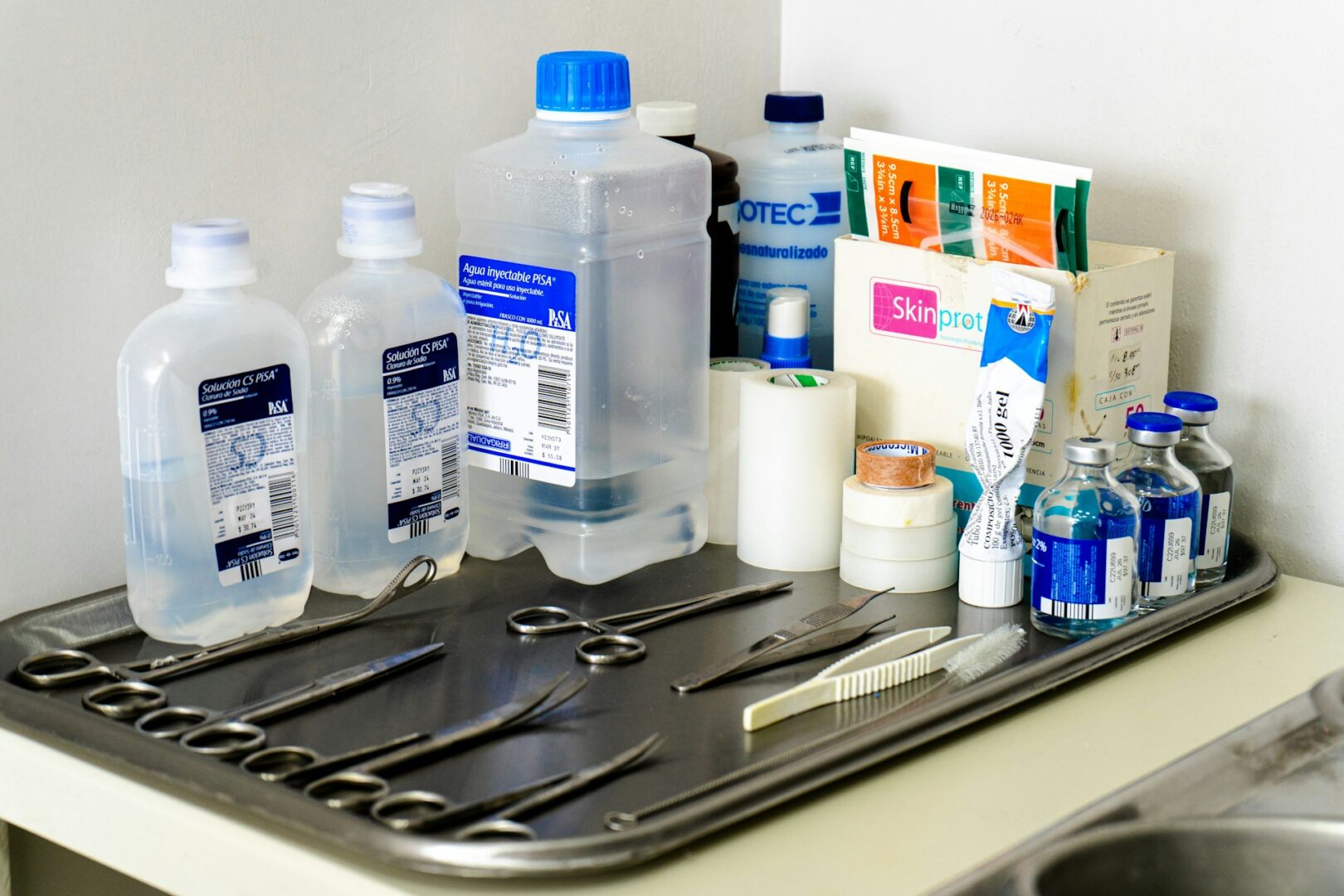Nasal cautery
Nose Treatment Options
The specialists at the Harley Street ENT Clinic can provide a range of different treatments for problems affecting the nose and sinuses. The experienced ENT doctors at the clinic in London can guide you through the treatment options and perform any procedures that are required to tackle your symptoms. In some cases, surgery may be required in order to tackle problems such as blocked airways and breathing difficulties.

Referral For CPAP
Continuous Positive Airway Pressure or CPAP treatment can help keep the airways open to prevent breathing problems at night. It can be used to treat conditions such as obstructive sleep apnoea. CPAP can also be used as a treatment for snoring when the problem is being caused by narrowed or blocked airways. In order to get a referral for CPAP, it is necessary to be assessed by an ENT doctor who can determine the cause of the symptoms and consider the treatment options. If you would benefit from CPAP, the ENT specialist can refer you for treatment in London.

Septoplasty
Septoplasty is a surgical procedure that can correct a deviated septum. The septum is the partition between the two halves of the nose. It should form a straight line down the centre of the nose, but in some cases it can deviate into one of the nasal cavities either naturally or due to trauma. A deviated septum can restrict airflow and cause problems such as recurring sinusitis and rhinitis.
Septoplasty is an operation that can correct a deviated septum by removing or realigning the bone and cartilage of the nose. The procedure can usually be performed by an ENT specialist through the nostrils, with no need for an external incision. An incision is made in the septum, through which the bone or cartilage is removed. The septum is straightened and strengthened if necessary.

Septorhinoplasty
Septorhinoplasty is a surgical procedure that combines septoplasty to straighten a deviated septum with rhinoplasty to correct twists or unusual angulation in the external part of the nose. The combined surgery may be recommended if the deviated septum is causing breathing problems and there are associated issues with the visible portion of the nose.
During the procedure, the ENT specialist will remove bone and cartilage from the nose in order to straighten the septum and reshape the external portion of the nose. The exact procedure will depend upon the patient’s needs. Various techniques can be used to change the appearance of the nose in different ways.

Nasal Cautery
Nasal cautery may be recommended to stop or prevent nosebleeds. It can be performed if endoscopy can identify a specific part of the nose that is causing problems. The targeted blood vessel can then be cauterised or sealed.
Nasal cautery is a simple procedure that can be performed with a local anaesthetic at the Harley Street ENT Clinic. The doctor will press a silver nitrate stick or electrocautery device against the bleeding point for up to ten seconds. The blood vessel will then be sealed.

Reduction Of Turbinates
Turbinate reduction is a surgical procedure that can correct breathing problems associated with narrow nasal passages. The turbinates are structures inside the nose that protrude into the nasal passages in order to warm and moisturise the air. Large turbinates can cause problems if they are too close to the septum to allow air to pass freely between them . In some cases, swollen turbinates can be treated with medication. If this isn’t possible, turbinate reduction surgery can be arranged at a Central London hospital which can help to improve airflow by removing some of the excess tissue without impairing the function of the turbinates.

Excision Of Lesion
Skin lesions such as skin tags, warts and cysts may need to be removed from the nose if they are painful, infected, likely to be cancerous or affecting the breathing. Lesions can also be removed for cosmetic reasons. The removal should be performed by an ENT specialist if the lesion is in a sensitive area such as the nose. The doctor can usually perform the excision with a local anaesthetic at the Harley Street ENT Clinic. Skin grafts may be required to minimise scarring after the affected area has been surgically excised.

Packing Of Nasal Cavity
Nasal packing is one of the options for treating nosebleeds. It can be used even if a specific source of bleeding cannot be identified. Packing may also be placed in the nasal cavity after surgery such as rhinoplasty in order to prevent bleeding. The ENT doctor will use a local anaesthetic to numb the nose before packing gauze or sponge into the nasal cavity. The packing will apply pressure that should control the bleeding. It will need to be removed at the ENT clinic in London after 24 to 48 hours, by which time the bleeding should have stopped.

Removal Of Foreign Body
Foreign bodies lodged in the nose can cause problems ranging from discomfort to breathing difficulties. The location and type of object will determine the best method for removal. An ENT doctor can use several tools to remove foreign bodies from the nose, including forceps, hooked probes, and suction apparatus. It is usually possible to remove the foreign body at the ENT clinic in London with no more than a local anaesthetic.
The private health insurances we work with
Harley Street ENT is recognised by a wide range of leading UK and international private health insurers, ensuring easy access to our care for patients with approved cover.

Need help and advice? Speak to an advisor
To discuss your needs in confidence or arrange a consultation, please contact our advisory team, who will be happy to assist you.






